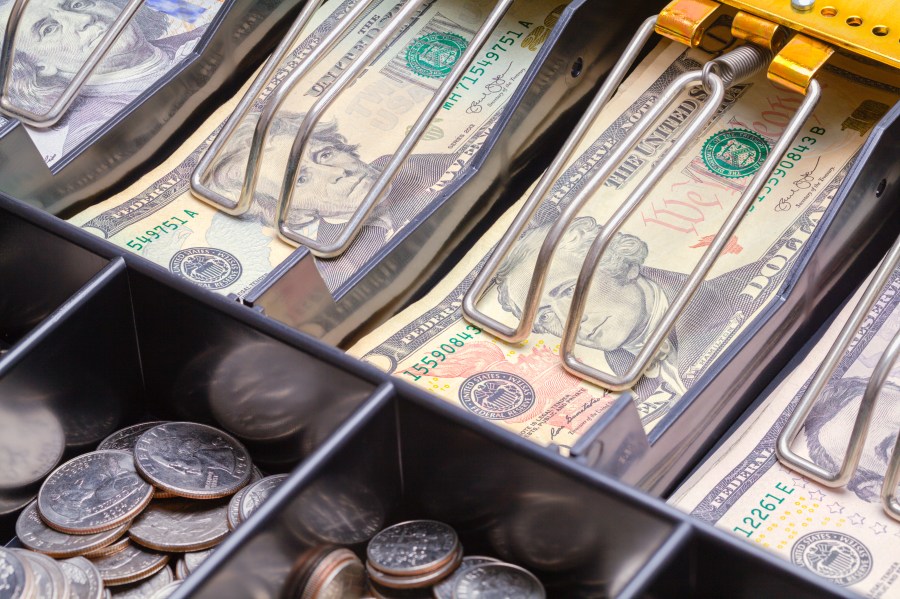(NewsNation) — American households have fully spent the excess savings they accumulated during the COVID-19 pandemic as of March 2024, according to new estimates from economists at the Federal Reserve Bank of San Francisco.
Consumer spending, however, has continued at a robust pace in recent months, raising questions about what is driving this continued demand.
The economists had previously found U.S. households rapidly built up unprecedented levels of excess savings early in the pandemic due to government financial support and reduced spending opportunities.
Their estimates show this surplus peaked at $2.1 trillion in August 2021.
Households drew down their excess savings at an average pace of $70 billion per month since September 2021. This drawdown accelerated to about $85 billion per month since last fall, according to the analysis.
Despite the pandemic windfall being depleted, consumer spending on goods and services has remained surprisingly strong amid high inflation and rising interest rates. The economists point to several potential explanations:
- The robust job market, with the unemployment rate near historic lows, record employment levels and solid wage growth
- Tapping nonpandemic savings or less liquid assets like real estate equity
- Increased borrowing via credit cards and personal loans, though at higher interest costs
Estimates of excess savings are filled with uncertainty, but much research points to a rapid buildup and gradual drawdown in the U.S.
While that buffer is now gone, the economists say consumer spending could stay elevated if households leverage employment, wealth and debt.
